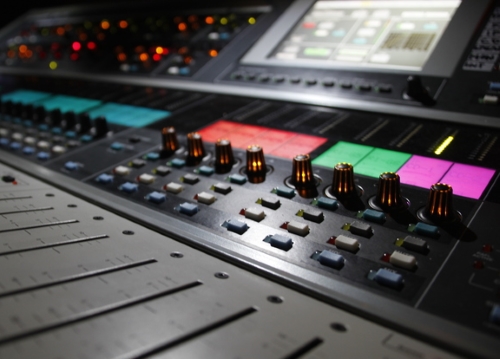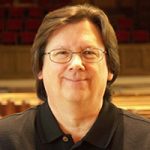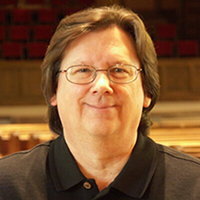Of course the current excitement in the pro audio world is all about using digital audio consoles for live sound.
If you haven’t already purchased a digital console, I’m guessing that your tech team has at least brought that recommendation to you. And we can’t get through a single trade magazine without being tempted by the thought of all the advantages that a digital console could bring with it.
What Are Some Of Those Advantages?
From my perspective, the biggest advantage is the ability of most digital consoles to provide total recall of every knob, fader, switch, button and combination thereof on the console.
I can tell lots of stories of the countless times that I did a major concert on Friday or Saturday night, and then stayed up late to reset the stage for the Sunday morning service. We would do our best to make sure that everything was correct, and even if everything is plugged in correctly, it’s quite possible to miss the proper setting for one of the 300 to 500 knobs, buttons and switches on a sound-mixing console.
With a capable digital console, literally every setting on the console can be reset to the typical Sunday morning settings with two or three button taps. Intricate settings of outboard compressors, noise gates, or effects processors that might take an early morning soundcheck and the first two worship songs to get back to normal are instead available at the downbeat of the rehearsal.
Can’t You Just Epoxy Those Things in Place?
When I first started consulting with churches in 1981, one of the most common requests, maybe I should say pleas from the church leadership was for me to document all of the settings on the console.
I would go through extensive soundchecks and rehearsals with their worship team, and have everything sounding as good as it could sound. But once I was done with my work there, I would return home. And they knew that over time those settings were going to get changed. In fact, I had a number of those pastors ask me “Now can’t you just epoxy those knobs and faders in place!?!”
Of course, mixing is a dynamic process. We can’t just leave all of the settings in place and expect the mix of a dynamic worship team to sound great on every song. At the very least, we’ll need to adjust the faders to create a balanced musical blend from song to song. But it is good to have a starting place, a console-wide setting to build from.
Those startup settings change for a variety of reasons – like maybe the worship team is different one weekend, and the EQ or levels set for the usual group aren’t working and need to be adjusted. Or maybe there was a concert by a visiting music group; they used your sound-mixing console, totally changed all of the settings, and now someone somehow needs to get the console back to the usual Sunday morning settings.
Or let’s say that you have your big Easter pageant, with a large cast, lots of dramatic speaking parts and solos and different instruments; everything goes great, but your senior pastor wants services as usual on Sunday morning. How much time is that going to take you?
Can you see how having a console that has total recall of every setting could be invaluable? A digital console is clearly worth both the cost and the paradigm shift in learning how to drive one!
Training: Just Think Analog
So what about that training aspect? Driving a digital audio console is a little different than driving an analog console. The first question to answer is “where did they move all my knobs?” Since the console is digital, the control surface can be simplified.
For example, rather than having six or eight knobs for channel EQ on each and every channel, the design might instead have one set of those controls that can be assigned to adjust the settings on one channel at a time.
And there is part of the paradigm shift of driving a digital console. One has to purposely select which channel they want to make changes to before making those changes. If not, the operator might think they are adjusting the EQ on the flute mic when in fact they are mistakenly making changes to the senior pastor’s mic. That could make things very interesting when the pastor gets up on the platform to speak.
But once you get past the new look of the digital console, and in particular once you figure out where they moved all your knobs, most people find that digital consoles are actually quite easy to drive.
Don’t make them more difficult to understand than they are.















